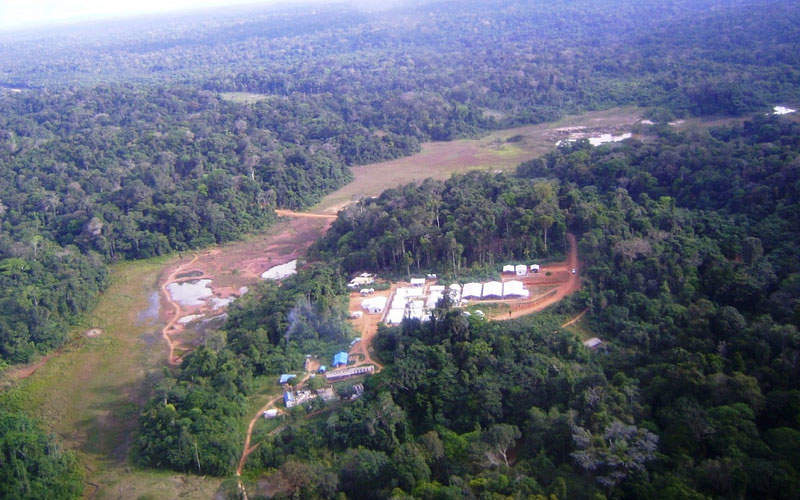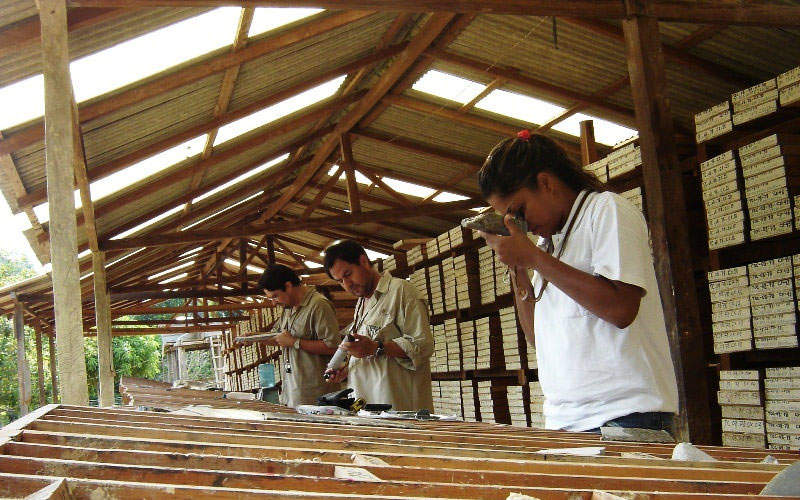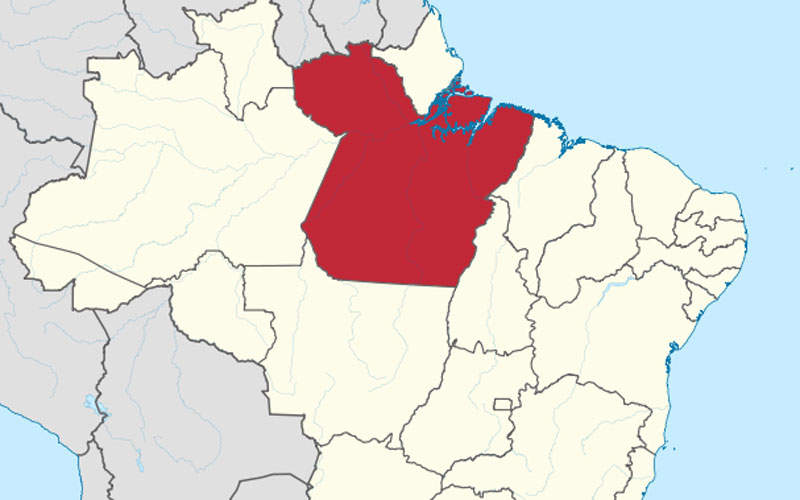The Tocantinzinho open-pit gold project is located in Pará State, northern Brazil, over 14,000ha within the Tapajós Gold Province.
In 2010, Eldorado Gold acquired Brazauro Resources thereby gaining ownership of the Tocantinzinho gold project. Eldorado Gold fully owns the non-refractory gold project through its wholly owned subsidiary Unamgen Mineração e Metalurgia (Unamgen).
Preliminary environment licence for the project was approved in 2012, and a positive feasibility study (PFS) was completed in 2015. The mine is estimated to produce 1.7Moz of gold doré over its mine life of 11 years.
Eldorado was expected to take a construction decision on the mine in 2016 but delayed the same due to pending receipt of permits, low gold costs and certain other factors. The initial development plan was to commence construction in 2012 and start production in 2014.
The company’s focus in 2017 is on concluding the access road construction, permitting, basic engineering, and other general site works. The company anticipates receiving the required permits to start the mine development during the first quarter of 2018.
Tocantinzinho mine geology and mineralisation
Classified as a granite-hosted, intrusion-related gold deposit, Tocantinzinho lies beneath the igneous rocks of the Parauari Suite, which hosts the gold mineralisation. Host rocks include multiple texturally varied phases of dominantly granitic composition.
The granitic rocks at Tocantinzinho are believed to have formed dyke-like structures along a northwest-striking fault zone.
Most of the gold is disseminated and generally accompanied by finely to coarsely disseminated sulphides (pyrite, locally chalcopyrite, galena, and sphalerite). High-grade gold is found mostly in intervals containing conspicuous quartz-galena-sphalerite-chalcopyrite veins.
Mineralisation at the deposit is hosted in gold-bearing sulphide minerals, where gold is present as fine free grains. Two types of gold association with sulphide minerals are found in the region, with the first association occurring with pyrite (FeS2) and the second association with pyrite (FeS2), chalcopyrite (CuFeS2), galena (PbS) and sphalerite (ZnS).
Sulphide minerals are present as disseminated pyrite, veinlets of quartz, chlorite and pyrite, as well as veins of quartz, chlorite, carbonate, pyrite, chalcopyrite, galena and sphalerite. Pyrite forms as liberated angular particles with size ranging from 30μm to 400μm.
Reserves
The Tocantinzinho mine is estimated to contain proven and probable reserves of 39.61Mt of ore containing 1.824Moz Au grading 1.43g/t.
The measured and indicated resources are estimated to be 48.73Mt, while contained gold is estimated to be 2.115Moz grading 1.35g/t.
Mining and processing of ore at Tocantinzinho
Conventional mining method, including drilling and blasting followed by loading and hauling, will be applied at the open-pit mine. Eldorado proposes to use 100st haul trucks and 10-13m³ shovels at Tocantinzinho, based on the selective mining unit (SMU) size, the pit geometry, and the production requirements.
The mine design includes a single open-pit operation using three pit phases, including a pre-stripping year, with a peak mining rate of 26Mt of material a year.
The mine is estimated to produce 4.4Mtpa of ore, which will be fed to the processing plant to recover minerals at a rate of 90.1% and produce an average of 159,325oz of gold a year.
Ore processing will involve three-stage crushing and ball mill comminution circuit followed by classification by hydro-cyclones, gravimetry, and flotation. The resultant product will pass through intensive leaching and carbon-in-pulp (CIP) circuits.
The plant is estimated to achieve overall recovery rates of 90% and 75% for primary and saprolite ores.
Infrastructure at Tocantinzinho
Power for the Tocantinzinho mine will be sourced from the Novo Progresso substation located to the south of the project. A 190km-long 138kV transmission line and a 138kV substation at the plant site will be constructed.
Water will be sourced from the proposed catchment facility on the right bank of the Tocantinzinho River.
Access to the mine will initially be from Morais Almeida through the existing Transgarimpeira Road. An existing 30.2km road is proposed to be upgraded to access the mine, in addition to constructing a new 67.8km-long access road.
The fuel storage facility at the mine is expected to have a storage capacity of 1.2 million litres of diesel.
Key players involved
Eldorado and Unamgen were supported by Golder Associates Brazil Consultoria e Projetos in preparing the pre-feasibility study report for the project.
SEI developed a metallurgical process design for the project.






